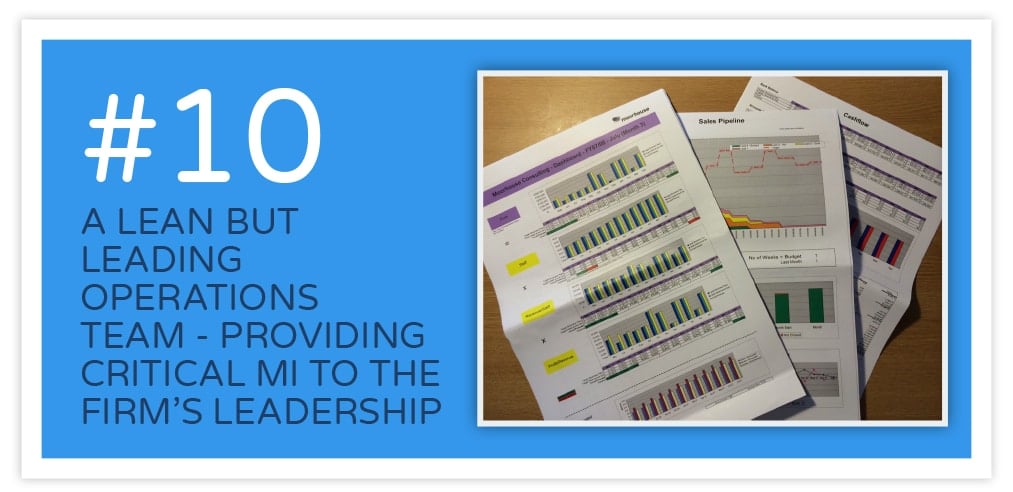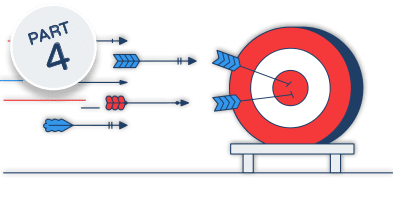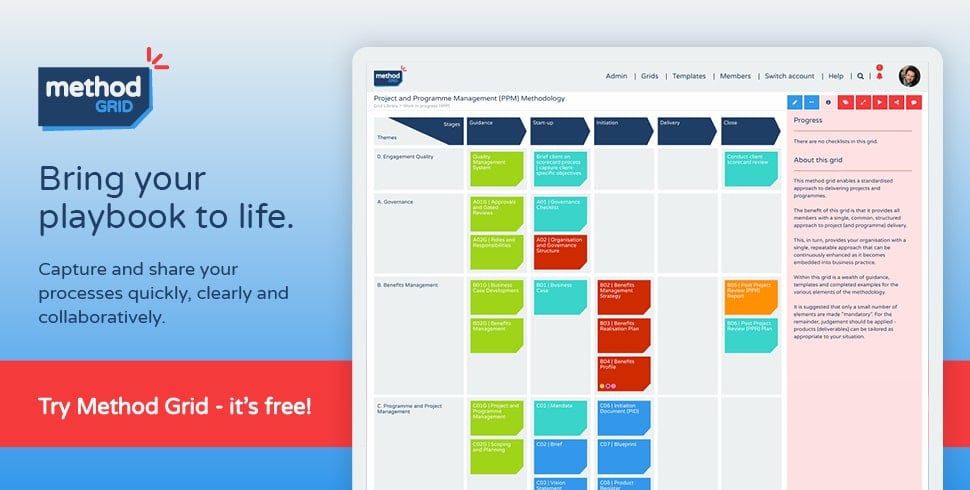How to beat the behemoths - Open up your toolbox - How Method Grid came about - Right decisions, right data, right time - Tufte, Few, McCandless et al
For the last five years, I have run a three-day annual event for professional service firm leaders seeking to understand what makes a professional service firm successful? Attendees range from directors of $multi-million established companies seeking a growth inflection point through to the early-stage entrepreneur making final plans to leave employment and start-up a new business.
Climbing Mount Audacity…
From Startup to Scaleup!
We're sharing everything we know about how to build an awesome professional service firm (and enjoy the journey en route!) PLUS travel updates, reflections on our stumbles and general musings on our Method Grid journey.
Signup below to get the latest articles
direct to your inbox.
To open each course, I briefly describe my personal entrepreneurial story – from singleton start-up to c. £20m sale in five years – in order that all subsequent references to it are given context. Rather than deliver this as a dull, chronological discourse I forced myself, when developing the materials, to reflect on this incredible journey and muster my personal top ten success factors – to take delegates directly to the root of the entrepreneurial challenge.
This is the final blog in the thread.
What makes a professional service firm successful?
Success factors 1 to 3 – see blog.
Success factors 4 to 6 – see blog.
Success factors 7 to 8 – see blog.
9. The progressive development of, and investment into, your intellectual property

A number of sessions at the annual Retreat focus on how leading professional service firms make very concerted efforts to both develop out their intellectual property (IP) and to bring the topic of knowledge management beyond the sound-bite.
Intellectual property in this context includes investing in the development of your company’s tool kit, service methodologies and thought leadership artefacts. It is only with such a structured, methodological approach that you can continuously assess and improve the standardized quality of your service delivery. Further, such central repositories are essential when training and inducting new team members (and to organise structured CPD for all staff). This ability to efficiently grown and onboard is, in turn, fundamental to the desired goal of building leverage in your firm. Finally, such intellectual property enables you to sell more work!
I recite how when pitching for work at Moorhouse, we would primarily be up against much bigger competitors; indeed, most often, the global management consulting behemoths. I would say to prospective clients at this stage words along the lines of:
“We are a team of deep specialists – all with backgrounds in these larger firms – but all with a genuine desire to professionally specialise and grow in this skill area (large-scale PPM). Our (large firm) competitors often talk about multi-specialism but this is commonly overplayed. The way you Mr/Mrs Prospective Client can really validate our deep specialism – beyond the marketing rhetoric – is to ask to see our methodologies and toolboxes.”
I would always have a huge inner smile when such an invite was taken up (which it invariably is) as I knew most of our competition had very flimsy artefact when it came to backing up their proclaimed expertise. Perhaps one, or two, Powerpoint slide decks. In turn, we were able to walk the prospective client through a deep tool-box repository with hundreds of relevant tools and templates, that had taken many, many person-years to build; all behind a beautifully designed interface. It was, I know, a key demonstration of actual professional specialism and expertise. This tool, that we painstakingly built as a bespoke, one-off system, was also critical in claiming a premium brand; which, in turn, enabled premium rate positioning.
All of these benefits aggregate to the fundamental point. Firms who have demonstrable, centralised, differentiating IP are, quite simply, worth more. If you ever seek the option of a forward company sale then just note that such resources will add a significant component to your firm’s multiple (see blog). This was certainly the case in my experience; it was but one aspect, but the acquirer of Moorhouse placed huge value on our IP knowing as they knew, rightly, that they could never replicate such a deep asset library.
Of course, all of this goes to the heart of how Method Grid was conceived in the first place (see blog). As a result of these multiple course deliveries, and discussions with firm leaders, it became clear to me that everyone understands the importance (the benefits are obvious) but what would help many is a platform that quickly facilitates such methodology and tool development (cf. expensive, time-draining bespoke development).
This fundamental success factor point led to the development of Method Grid.
10. A lean but leading operations team – providing critical MI to the firm’s leadership

My final factor, which I also spend some time expanding on during the entrepreneurial retreat, concerns the build-out of your operational team (that supports your client-facing team) and the critical role of well designed management information (MI).
There is no one size fits all chronology to the build-out of an operations team (HR, Marketing, Finance capabilities etc). I describe how we went about the build of our Ops team at Moorhouse (graced as we were with a lean team of world-class professionals). The summary point, however, is that ambitious firms need to invest in such a team and not be seduced into thinking client-facing staff can just do it all in the margins. If you only see such colleagues as an avoidable cost, you are unlikely to ever grow a firm of any material, sustainable value.
Financial control and the development of MI is a critical subset of this conversation. I can be a nerd on a number of topics and MI is one of them. Busy leaders need accurate, well structured, salient information to enable them to make the right decisions with the right data at the right time. Regular MI, thoughtfully presented by my ops colleagues, enabled me, and my senior team, to manage the growth of the business; critically, it enabled us to performance manage any variation of actual growth KPIs to planned targets. This skilled operations team, the MI heartbeat and an ambitious, proactive management team made up the engine room of the Moorhouse growth story.
I encourage leaders to take a professional fascination in this area. To read such exemplar proponents as Edward Tufte (many beautiful books), Stephen Few (Show me the Numbers is excellent) and David McCandless to name but a few. Such an intellectual curiosity in how the best render data is also, of course, of massive relevance to all firms that serve up information and reports to their clients. So few do this well. A massive area – one for future blogs. For now, just note my emphasis of it as a critical topic – my final factor in this top ten series.
So, what’s next?
Next week, I am going to take a bit of a side-step. Traditional as it is, at the start of a New Year, to look at resolutions and habits: I have a one-off blog on Seven wakeful practices of dangerous entrepreneurs. Curious huh? I think you will enjoy it.
Hopefully, you’ll join us on this journey. It’s totally free, and you don’t have to be a Method Grid customer (though you’re more than welcome to sign up for a free trial here).
We’ll be releasing a new post each week, starting with the one outlined above. To get each post emailed to you as soon as it’s published, sign up for the Climbing Mount Audacity mailing list below.
Climbing Mount Audacity…
From Startup to Scaleup!
We're sharing everything we know about how to build an awesome professional service firm (and enjoy the journey en route!) PLUS travel updates, reflections on our stumbles and general musings on our Method Grid journey.
Signup below to get the latest articles
direct to your inbox.
See you next week. Have something you want to hear more about? Let me know in the comments below or via Twitter.
Note: You can find out more about the annual Retreat Dom runs here.

 Project and Program Management
Project and Program Management  Project Governance Framework
Project Governance Framework  Benefits Management Framework
Benefits Management Framework 







